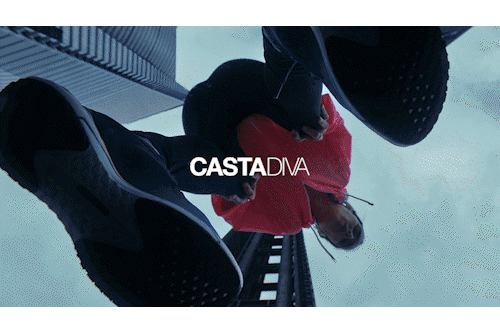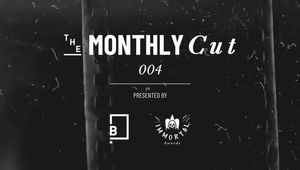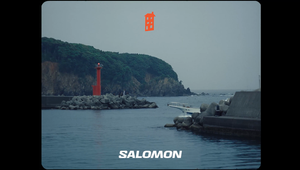
New Talent: Michael Lanning

When the company he was working for got caught up in an FBI raid, engineer Michael Lanning figured it was time for a career change. The mathematically-minded construction manager decided to get in touch with his creative side and retrained in digital design. Now a UX Designer at iNDELIBLE, New York, Lanning tells us about getting to grips with the nuts and bolts of creativity.
LBB> You're from Colorado - what was that like as a place to grow up and how do you think your upbringing has influenced your creativity?
ML> Colorado was an amazing place to grow up. Anywhere that has over 300 days of sunshine per year is hard to complain about. When it comes to influencing my creativity, I’m not sure if the environment played a role, I think that my friends and family were probably more important. I grew up with some hilarious friends.
LBB> Why did you originally choose to study engineering, and what led you to decide that engineering and construction wasn't really the right path for you?
ML> I chose engineering for a lot of reasons, but it was mainly due to the fact that I enjoyed challenging myself and preferred math over writing. I still enjoy the finality of math and the idea that once you find the answer, that’s it. You move on. In some respects, standard math contradicts creative problem solving, where there are an unlimited number of solutions, but I’ve always felt comfortable in both worlds.
What led me to divert from the engineering and construction path was a lack of quality leadership as well as a few good old-fashioned layoffs – one as a result of an FBI raid. If that’s not a sign that you need to change, then I don’t know what is.
LBB> Has your training and experience as an engineer and construction manager influenced your approach to your creative work? If so, how?
ML> I tend to approach things from a very structured and formulaic standpoint. In many cases, I have no idea what a project’s creative outcome will be, but I’ll create a system for the steps I need to go through to get there. For a lot of people this may fly in the face of creativity, but I can’t do it any other way.
LBB> You have interned at Razorfish and Legwork - what did you gain from these experiences?
ML> Along with the concrete skills I picked up, like agile project management from Razorfish and motion graphics from Legwork, I gained reassurance in my decision to dive into the creative world. There are some brilliant and inspiring people out there that I hope to work with someday.
LBB> How would you characterise your creative work?
ML> I aim for simplicity and cleanliness - and I try to inject humour wherever possible.
LBB> Which of your projects are you proudest of, and why?
ML> From the Boulder Digital Works course (BDW), I’d say my ‘Balloons!’ story from The Story Project class. We were asked to tell a story, any story, using a medium of our own choice. I had started dabbling in motion graphics (After Effects & Cinema 4D) and chose that route. When I started the project, I knew what I wanted to accomplish but had no idea how I was going to do it. It came together wonderfully, and the final product was essentially a group of individual motion experiments brought together to tell a cohesive story…about balloon reproduction (yes, balloon baby making).
LBB> What trends in digital design and UX design are you finding particularly exciting at the moment?
ML> Storytelling on the web is becoming more interesting every day. Whether it’s a children’s storybook or a fact-based narration on the history of the automobile, user experience has evolved to play a critical role in bringing stories to life in fascinating ways.
LBB> Why did you enroll in the BDW course and what did you gain from it?
ML> I had dabbled in design and development on my own as hobbies, but never considered making them a profession. BDW changed that for me. During my time there, a lot of doors were opened for me and I owe it to the BDW team for helping bring my side-passions into focus as my main pursuits. They showed me what was possible and constantly encouraged new ways of thinking. One of my biggest takeaways is the ‘Make Shit’ mantra, which basically means never stop creating. It’s a great way of thinking.
LBB> Where do you hope to be in five years' time?
ML> Back in Colorado! Hopefully working and collaborating with some of the great people that got me here.















